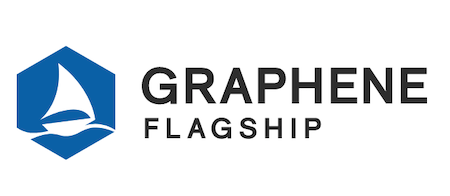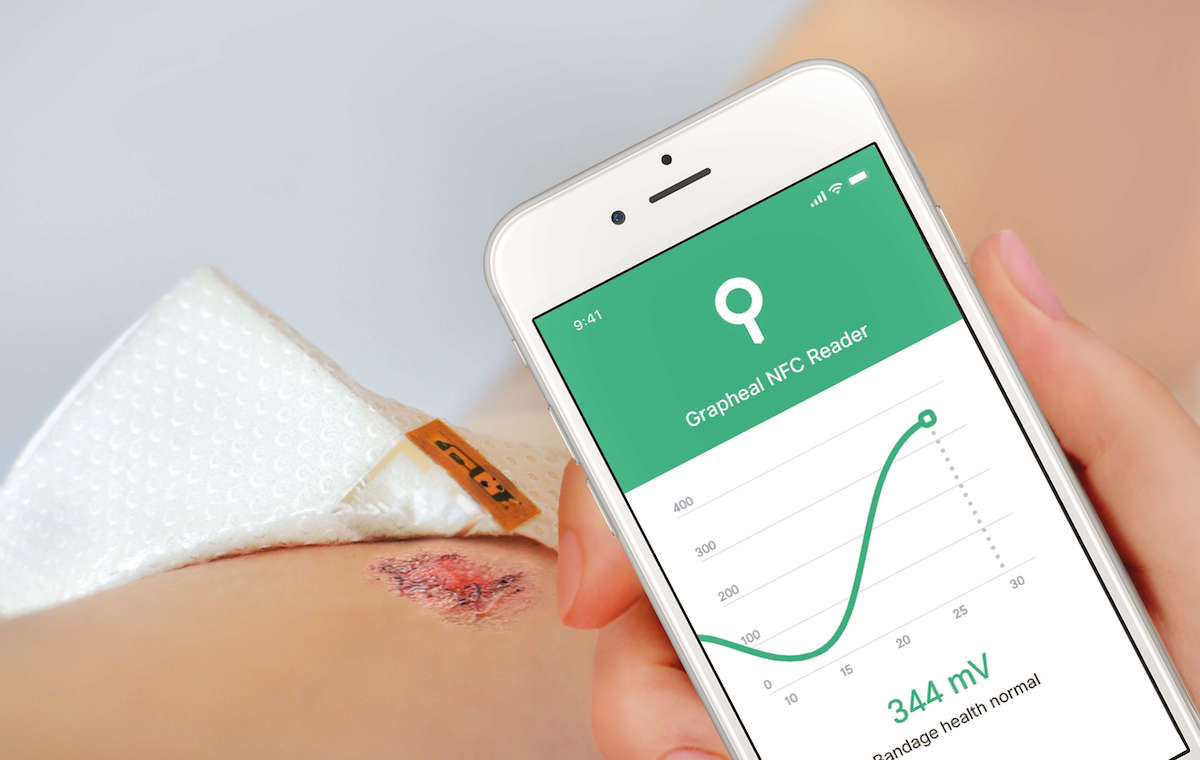Members Login

Channels
Special Offers & Promotions
Has graphene lived up to its potential in medical technology?

Revolutionary biomedical technologies harness the properties of graphene
Graphene represents incredible opportunities for advancement in many fields, including medical science. With so much interest in graphene-enabled medical technologies, can 2D materials live up to the hype? Here, Cinzia Spinato, business developer for biomedical applications at the Graphene Flagship discusses the clinical applications of graphene, and why it is on track to fulfil its promises.
Graphene is a form of carbon, consisting of a single layer of atoms. It is highly conductive of both electricity and heat and biocompatible. Lightweight and flexible but stronger than diamond, Graphene has attracted significant interest from the medical industry, where researchers have been exploring ways that they can harness its remarkable properties to create innovative new clinical technologies.
Monitoring wounds
 The importance of effective chronic wound care is growing as conditions like diabetes increase in prevalence. Healing and monitoring are crucial in chronic wounds, which can take months to heal and can even result in amputations. Graphene Flagship Associated Member Grapheal, located in France, has developed a potential solution in the form of a wearable graphene patch which acts as a biosensor for wounds.
The importance of effective chronic wound care is growing as conditions like diabetes increase in prevalence. Healing and monitoring are crucial in chronic wounds, which can take months to heal and can even result in amputations. Graphene Flagship Associated Member Grapheal, located in France, has developed a potential solution in the form of a wearable graphene patch which acts as a biosensor for wounds.
It continuously monitors the healing process, providing healthcare professionals and caregivers with accurate information in real time. It can store biological data and even provide early alerts to physiochemical changes or early markers of infection. The patch has even been proven to actively stimulate healing as it is thin, flexible, and non-invasive. Expected to reach the market in 2023, the patch presents a novel and personalised therapeutic option for wounds requiring long term care.
Brain interfaces
 Brain disorders affect a large proportion of the population worldwide and present a significant social and financial burden. Graphene Flagship Associated Member INBRAIN Neuroelectronics currently works in collaboration with Graphene Flagship partners the Catalan Institute of Nanoscience and Nanotechnology (ICN2) and supported by the Catalan Institution for Research and Advanced Studies (ICREA), both Spain, and the University of Manchester, UK. Together, they are developing graphene-based implants for neuromodulation and treatment of complex neuronal disorders.
Brain disorders affect a large proportion of the population worldwide and present a significant social and financial burden. Graphene Flagship Associated Member INBRAIN Neuroelectronics currently works in collaboration with Graphene Flagship partners the Catalan Institute of Nanoscience and Nanotechnology (ICN2) and supported by the Catalan Institution for Research and Advanced Studies (ICREA), both Spain, and the University of Manchester, UK. Together, they are developing graphene-based implants for neuromodulation and treatment of complex neuronal disorders.
The implants are based on existing electrode arrays which monitor and stimulate brain activity. INBRAIN has miniaturised these electrodes and uses artificial intelligence and big data to read and decode brain signals. The implant will recognise biomarkers and regulate activity, inducing an adaptive therapeutic response personalised to the patient’s clinical condition.
The implant will be minimally invasive, as the physical properties of graphene make it thin and flexible enough to reach all areas of the brain without interfering with function. It is currently undergoing preclinical testing to ensure its safety and effectiveness, with human trials expected to begin in 2022.
Imaging and diagnostics
Other promising concepts in development focus on diagnostics. Graphene-enabled sensor biodevices have shown great promise in testing, able to detect pathogen biomarkers rapidly and efficiently with incredible sensitivity. Similar technologies have been able to detect disease-causing bacteria and even recognise cancer proteins in patient samples.
In terms of medical imaging, UK-based Graphene Flagship partner, Cambridge Raman Imaging is working on a graphene-based laser for use in medical microscopes. This will allow real-time imaging of tissue samples, meaning that tumour growth and treatment can be accurately tracked and monitored to optimise and personalise treatments.
Path to commercialisation
Though these pioneering technologies have the potential to revolutionise the medical industry, there are still challenges to overcome before they are widely available. As with any new clinical development, ethical approval and stringent in vitro and in vivo testing are crucial. Safety must be ensured before these innovations are viable commercially.
Though it may seem that these concepts have taken some time to develop, graphene technologies are advancing far more rapidly than many other materials have previously. It took 120 years from its discovery before silicon was used in transistors, and it is now a widely used material across all forms of technology. Comparatively, graphene technologies are predicted to reach broad market penetration by 2025, with a host of new technologies expected to hit the market in the next 15 years. Improvements in manufacturing will also mean that these products can be fabricated widely cost-effectively and to a high standard.
The advancements that could be made in medical technology using graphene present exciting new opportunities for the treatment and management of many complex conditions. Though they may not be widely available at present, with revolutionary developments and discoveries already made in potential clinical applications, graphene has certainly delivered on its promises.
The Graphene Flagship is research, innovation and collaboration. Funded by the European Commission, the Graphene Flagship aims to secure a major role for Europe in the ongoing technological revolution, helping to bring graphene innovation out of the lab and into commercial applications. The Graphene Flagship gathers nearly 170 academic and industrial partners from 22 countries, all exploring different aspects of graphene and related materials. Bringing diverse competencies together, the Graphene Flagship facilitates cooperation between its partners, accelerating the timeline for industry acceptance of graphene technologies. The European Commission’s FET Flagships enable research projects on an unprecedented scale. With €1 billion budgets, the Graphene Flagship, Human Brain Project and Quantum Flagship serve as technology accelerators, helping Europe to compete with other global markets in research and innovation. With an additional €20 million investment, the European Commission has now funded the creation of an experimental pilot line for graphene-based electronics, optoelectronics and sensors.
Media Partners


